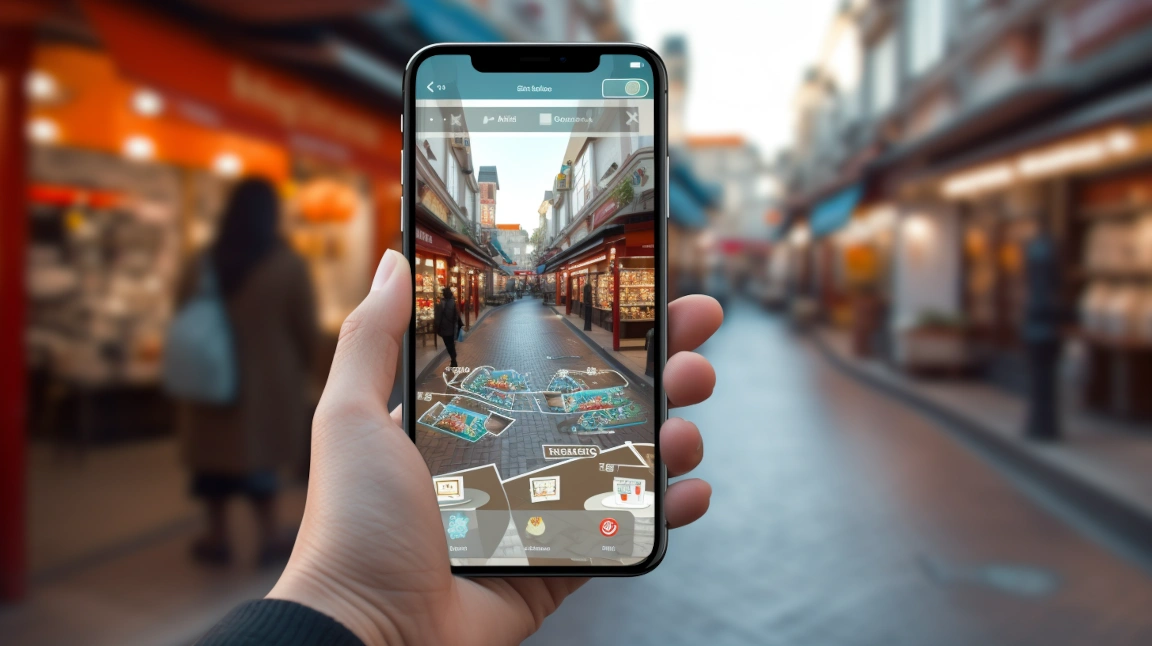Augmented Reality Enhances Self-Guided Tours
In the ever-evolving landscape of travel technology, augmented reality (AR) stands out as a game-changer for self-guided tours. By merging digital information with the real world, AR enriches your exploration experience, making it more engaging and informative.
What is Augmented Reality?
Augmented Reality overlays digital content—such as images, text, and interactive elements—onto the real world through your device’s camera. Unlike virtual reality, which immerses you in a completely digital environment, AR enhances your current surroundings with additional layers of information.
How AR Transforms Self-Guided Tours
- Interactive Maps and Navigation: AR apps can project navigation directions onto the real-world environment. Imagine strolling through a city and seeing arrows and points of interest superimposed on your path, guiding you to your next destination seamlessly.
- Historical Context and Storytelling: Explore historical sites and landmarks with AR apps that provide historical context and engaging storytelling. For instance, as you stand before a historical monument, your device might display images of how the site looked in the past, along with interesting facts and anecdotes.

- Enhanced Museum Experiences: Museums are increasingly using AR to bring exhibits to life. You might point your device at a painting to see a video about its creation or at a fossil to learn about the prehistoric creatures it represents.
- Virtual Guides and Language Translation: AR can offer virtual guides that appear as digital avatars providing information in real-time. Additionally, language translation features can help you understand local signs and menus while traveling in foreign countries.
Popular AR Apps for Travelers
- Google Lens: Use Google Lens to scan landmarks and receive immediate information about them. This app can also translate text and identify objects, enhancing your travel experience.
- HistoryView VR: This app provides virtual tours of historical sites, offering immersive experiences with historical context and interactive elements.
- AR City: Designed for urban explorers, AR City overlays navigation and points of interest directly onto your cityscape, helping you discover hidden gems.
Tips for Using AR on Your Tour
- Ensure Device Compatibility: Check that your smartphone or tablet is compatible with AR apps. Some apps may require advanced hardware for optimal performance.
- Download Apps in Advance: Before starting your tour, download the necessary AR apps and familiarize yourself with their features to make the most of your experience.
- Keep Your Device Charged: AR applications can consume a lot of battery power. Bring a portable charger to ensure your device remains operational throughout your tour.
- Be Mindful of Your Surroundings: While AR can be immersive, it’s essential to stay aware of your physical environment to avoid accidents and ensure a safe exploration.
Conclusion
Augmented reality is revolutionizing self-guided tours by offering interactive and informative enhancements to traditional exploration methods. With AR, your travel experiences become richer, more engaging, and tailored to your interests. Embrace this technology to transform your next adventure into an unforgettable journey of discovery.









